|
A heron's nest. That is what I was looking for. You could hear their racket from the other side of the cove. And, when you ventured out in the morning in your kayak, you could see the herons flying in and out of a stand of pine trees that stood near the bank of the island on across the cove. When they arrived, you could hear more chatter from chicks hungry for what they brought. That evening, I made it my goal to find the nest. After rowing out and a little patient looking, I saw it high above near the top of the tallest of five pine trees that stood on the edge of the island. And, after awhile longer an adult heron flew in and went right to the nest. Success. At the same time, I noticed other herons nearby flying and others, still, sitting in nearby pine trees. Some seemed smaller than the adult who had flown into the nest. Results of an earlier hatch, I guessed. I was lucky to get here early enough to witness the second hatch. At least, that is what I thought. While I was out, I captured a picture of this youngster making noise. Funny thing was, however, this was not the nest in the top of the tallest of five pines. It was two trees over. Had my first sighting been an inactive nest? Or, and I was considering this for the first time, could there be two active nests so close together? The camera captured this chick much better than I could with my unaided eyesight. He was little more than a blur in a nest that emerged as I was watching his parent depart. So, I really first saw him with his black head bristle and claws emerging from his wing, when I went through my images later that night. Encouraged by the picture, I headed back out the next morning hoping to see and photograph more. This time I had more time and an expanded vision of what I was seeing. I was not just looking for a nest or two. Instead, I was hoping to find out whether I was seeing was something unthinkable to me just a year earlier. Could this be a colony of Great Herons? Could there possibly be more nests? I stationed myself first in the water where I could see clearly a nest, a third one three stories above, that sat on the top of a dead tree. It was perfect for viewing two chicks standing upright in the nest. I waited patiently for things to happen while periodically maneuvering my kayak to keep an unobstructed view. With the aid of time and a 400 mm lens, I was rewarded with a visit from mom and dad. As you can see below, they arrived together and quickly determined that there was room enough for only two on the nest. Here is the crash scene as it unfolded. Neither parent made it onto the nest. Time to wean these two chicks. The time spent waiting was rewarded in other ways too. As was the time afterward rowing to other vantage points. What I found were multiple nests, many with parents sitting nearby. At least a dozen that I could count. Who knows how many more there might be deeper in the island. The two photos below are typical of what I saw. Come to your own conclusion, but I believe we found a Great Blue Heron colony. Dozens of nests with chicks at different levels of development from the nearly full grown behemoths we saw above to chicks so little you cannot see them from 30 feet below, even with the longest of lenses.
And, I have had a practical lesson in discovery and the power of preconceptions to color perception. Last summer I was certain I was seeing a single herons nest and could not see what was really there. The herons sitting in nearby trees I dismissed as first hatch lookers-on. Instead, they were part of a nesting colony right under (or, should I say above) my nose. With more time and a closer look this year aided, certainly, by a long lens, I discovered much more than I anticipated. And, changed my understanding of what I saw. I think this is part of what I like about photography. It has the power to show you things you would not otherwise observe. The long lens can take you closer to your subject showing you detail you would otherwise miss. And, the whole process slows you down and gives you time to digest what you are seeing. And, the cove? After seeing the first chick photo above, I have given it a new name. I now call it Jurassic Cove. Next week's posting falls on the birthday of a long lost brother. We will take the opportunity to remember him and his unique sense of humor. Be prepared for George Carlin meets the advertising industry. All photos and text copyright Clinton Richardson. These and other images from what I affectionately call Jurassic Cove are posted on our TrekPic.com website. Click on New on the homepage to be directed to the gallery. If you like these posts, please tell your friends about the Venture Moola blog at Readjanus.com. And, feel free to share this blog. The more readers the better. Click here to subscribe to a weekly email that tells you when we issue new entries. Or, click in the column to the left to follow us on Facebook or Twitter. 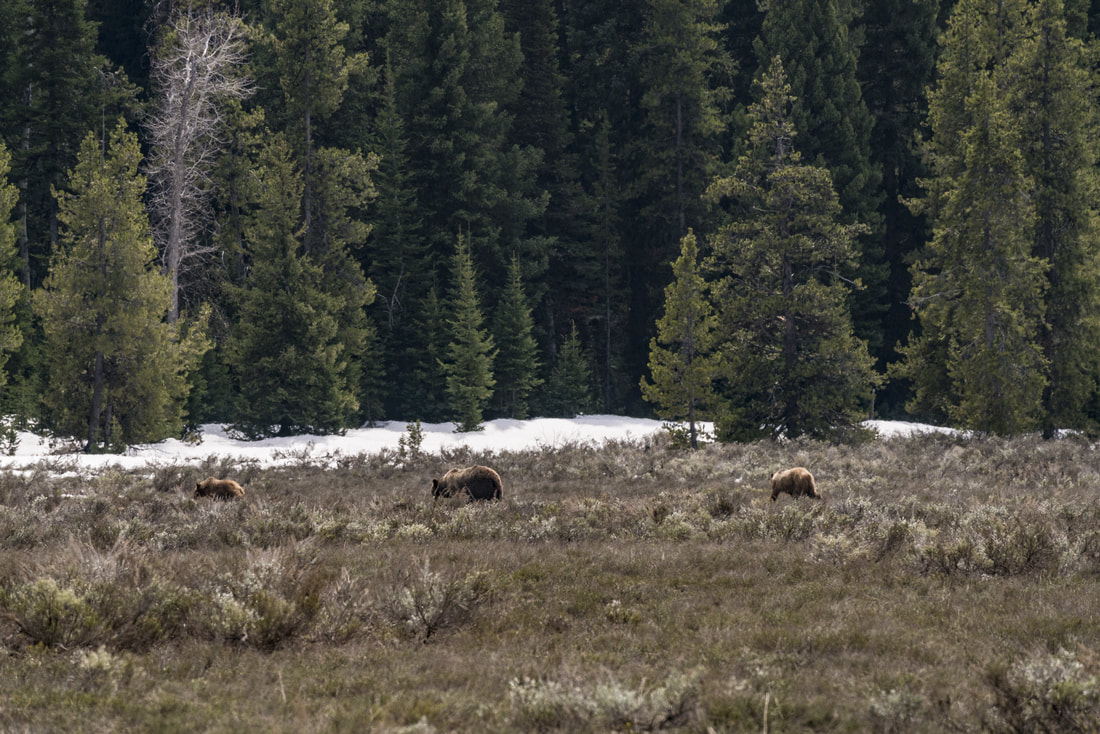 So, after our close encounter with a moose, we finally get to the bears and watch grizzlies from a safe distance. No adrenaline rush here, just the enjoyment of being out on a cool day with a light breeze of soft clean air and a hundred or so people at a classic bear jam in Grand Teton National Park. We were heading back toward Jackson from Coulter Bay when we spotted a very well organized line of cars on the side of the road near Pilgrim Creek. Noted wildlife photographer and Jackson resident Tom Mangelsen had noted in an article just the day before in the Jackson newspaper that there had been fewer grizzly sightings in the parks this Spring so we were happy to have seen bears in Yellowstone earlier in the week and not hopeful of seeing more. Pilgrim Creek, if you are a follower of bears, is the birthplace and home to perhaps the most famous bear in the world, Griz 399 as she has been named by the famed Yellowstone Interagency Grizzly Bear Study Team. Griz 399 is 22 years old and mother to dozens of cubs over the years. This year she has twins again, the two young bears you see in front and behind her in the picture above. Twins are her norm but she has had triplets three times in the past, the last time being in 2013. 399 is renowned for her longevity - 22 is ancient in bear years - and her productivity. She is seven feet tall when she stands on her hind legs and weighs about 400 pounds. Her territorial range includes much of Grand Teton and Yellowstone National Parks. Each year that she shows up in the Spring at her advanced age is reason for celebration, especially when she trots out a couple of new baby grizzlies like she did again this Spring. Below you can see her heading into the safety of the woods. It is the end of our brief visit with a wild and magnificent part of our world. Next week we will be share images from a Great Blue Heron colony in North Georgia and talk about what its like to see through a lens. Do you see more or less when you take photographs? Do you miss some essential part of the experience when you tote around a camera? Or, is the experienced enhanced? Look for the posting on Thursday, the 28th.
All photos and text copyright Clinton Richardson. If you like these posts, tell your friends. The more readers the better. These and other images from Yellowstone and Grand Teton are posted on our sister site TrekPic.com in our Wild Wyoming Gallery. If you like these posts, please tell your friends about the Venture Moola blog at Readjanus.com. And, feel free to share this blog. The more readers the better. Click here to subscribe to a weekly email that tells you when we issue new entries. Or, click in the column to the left to follow us on Facebook or Twitter. This meadow appears as Blacktail Ponds on the maps of Grand Teton National Park. It is just off the main road that runs north out of Jackson, Wyoming, a little bit north of the southern entrance to the park. As you can see, the meadow is full of willow in various Springtime shades of green and red and yellow. A small stream runs through the middle of it that branches off a river that flows behind the evergreens in the background. It is a perfect place for moose who love to strip the willow of their leaves. My wife and I are here together on a cool May morning standing on a ridge that stands above the meadow. We are alone. We are here early in the season and, for some reason, no one else is here. We have the place to ourselves and are hoping to spot a moose. Our training at wildlife spotting is minimal, mostly consisting of stopping at bear jams along the road to join dozens of others who are already watching a bear or a coyote or an osprey. So we are city folk hoping to get lucky. I am scanning the field with my eyes hoping to see something move. My more clever wife, is scanning looking for bush movement from something walking through. If there are moose to see, we do not see them. Instead, a few geese fly by and land by the pond. Then more fly by and circle in front of a stand of trees off to the left at the edge of the meadow. Out of habit, I frame them as best as I can and snap a picture. It's an invigorating morning and the image reflects what a beautiful place we are standing in. Still, it is not a moose. As we scan the meadow we see no signs of moose other than the stripped branches of some willow bushes. No movement in the willow. Nothing big crossing the stream. And then we both hear it. A snort. Brief and quiet but unmistakable. And then it is quiet again as we continue to look with renewed anticipation. My wife thinks she hears chewing off to the left and focuses her eyes on that part of the meadow. Then another snort, definitely coming from the left. After a bit, and more whispered claims from my wife that she hears chewing, I decide to walk along the ridge to our left to see if a different angle on the meadow will give me a chance to spy a moose. It is slow going, walking carefully through the low shrubs along the path but after a few minutes it pays off. As I walk around a corner of the ridge, below me an adult moose emerges silently from the willow. I cannot hear a sound or, for that matter, see a branch of willow move as he slides out of the bush into the open. He is not 15 yards away. Thankfully, he does not notice me and goes about his business. It's breakfast time and he is intent on striping the best willow plants of their leaves. My wife joins me and we watch as our moose feeds and walks through the willow. After a time, another couple arrives at the Blacktail Ponds but they head in another direction leaving us alone with our moose. It is a great morning to be in Grand Teton. For about a half an hour we stay with the moose catching his attention just one - an extended stare through the willow - and leave him only after he finishes eating and sits down to rest. My lovely wife, girl of the city, wins family renown for her auditory skill in locating a moose in a meadow (needle in a haystack?). For her unique listening skill, we dub her the family moose whisperer. All photos and text copyright Clinton Richardson. These and other images from Yellowstone and Grand Teton are posted on our sister site at www.TrekPic.com in our Wild Wyoming Gallery.
If you like these posts, please tell your friends about the Venture Moola blog at Readjanus.com. And, feel free to share this blog. The more readers the better. Click here to subscribe to a weekly email that tells you when we issue new entries. Or, click in the column to the left to follow us on Facebook or Twitter. Yes, we are that close. Moose are more dangerous than grizzly bears, accounting for more attacks on humans than the most ferocious predator in North America. And, yes we are that close. What makes them dangerous is their size, unpredictability and ability to blend in with their surroundings. Take a look below and find the moose, not more than 15 yards from the camera. I call the photo moose-a-boo for obvious reasons. This was the one photograph from among five taken quickly in succession that revealed the moose at all. Remember this beast is huge and only a thin veil of willow separate him from me and my camera and, yet, he is nearly invisible. I say he, not with any great certainty, but based his size and my son's observation (from our description) that the moose snorted and was shedding his coat, which is something bull moose do in the Spring. Most of the time we watched him without acknowledgement on his part. We were careful to be quiet even to the point of using the camera's silent mode to remove the click that normally tells you when you take a picture. We moved slowly as we followed his progress through the willow. And, we probably stumbled into being down wind. Even though we were on a rise a few feet above him, we both felt that heightened state of awareness that comes from a rush of adrenaline. Particularly so, once he stopped his eating to stare directly at us through the willow stalks. We were made but, thankfully, he judged us unworthy of further attention and continued his munching. Not that we could have blamed him if he got upset. We are, after all, part of a species that hunts moose and chops their heads off for trophies. But here he is safe in the confines of a national park. And, while I have good friends who are wonderful people who enjoy hunting these magnificent animals with high powered weaponry, I find it all hard to understand why watching this magnificent animal go about his day beneath the Grand Teton Mountains on a May morning. After about 30 minutes of working his way through the willow stand and stripping leaves off branches our friend disappeared behind the willows. On a hunch, I walked further down the path I was on to a spot I thought likely to give me a view behind the willows. There he was, taking a break and digesting his breakfast. Next week, how to find your own moose at Grand Teton National Park with an inquiry into how a city girl became a moose whisperer.
All photos and text copyright Clinton Richardson. These and other images from Yellowstone and Grand Teton are posted on our sister site at www.TrekPic.com in our Wild Wyoming Gallery. If you like these posts, please tell your friends about the Venture Moola blog at Readjanus.com. And, feel free to share this blog. The more readers the better. Click here to subscribe to a weekly email that tells you when we issue new entries. Or, click in the column to the left to follow us on Facebook or Twitter. Here is one of the nestlings responsible for the racket on the cove. He even looks prehistoric. Got back up last evening with my camera. It's a regular rookery with at least six separate nests with, as you can see, with nestlings about ready to fend for themselves.
All photos and text copyright Clinton Richardson. These and other images from Yellowstone and Grand Teton are posted on our sister site at www.TrekPic.com in our Jurassic Cove Gallery. If you like these posts, please tell your friends about the Venture Moola blog at Readjanus.com. And, feel free to share this blog. The more readers the better. Click here to subscribe to a weekly email that tells you when we issue new entries. Or, click in the column to the left to follow us on Facebook or Twitter. |
the blog
Travel, history, and business with original photos.
your hostClinton Richardson - author, photographer, business advisor, traveler. Categories
All
Archives
July 2023
Follow us on Facebook
|
Check out Ancient Selfies a 2017 International Book Awards Finalist in History and 2018 eLit Awards Gold Medal Winner and
Passports in his Underpants - A Planet Friendly Photo Safari a 2020 Readers' Favorite Winner in Nonfiction
Site Copyright 2024 by Clinton Richardson


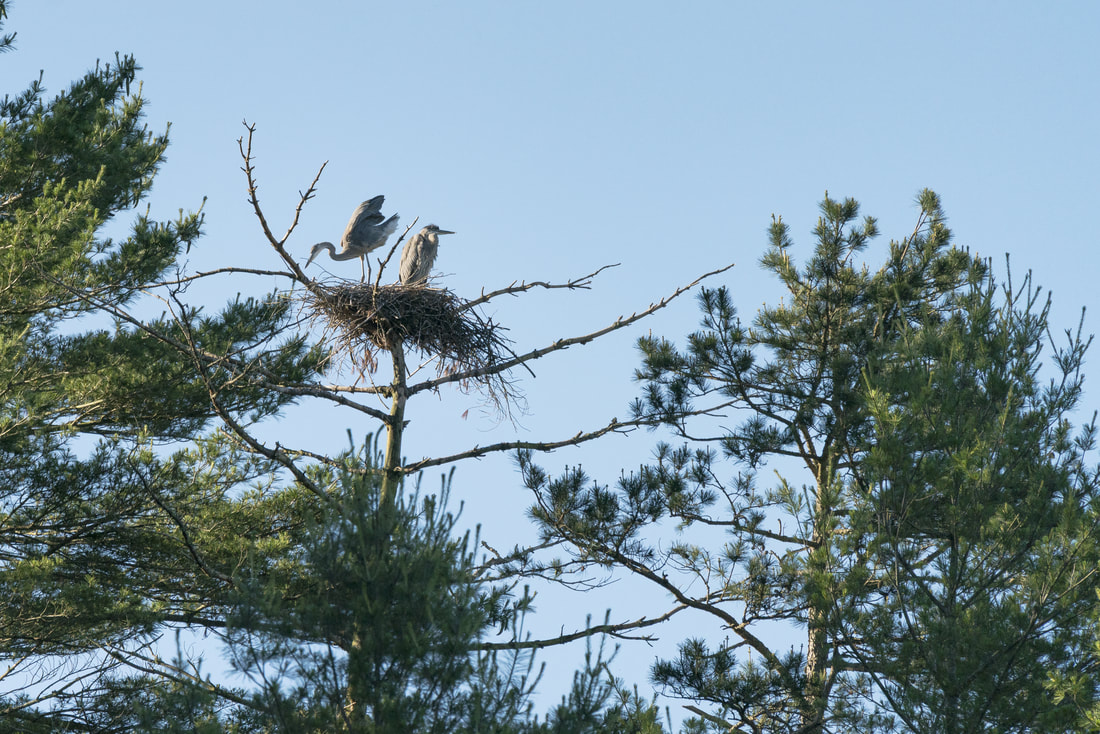



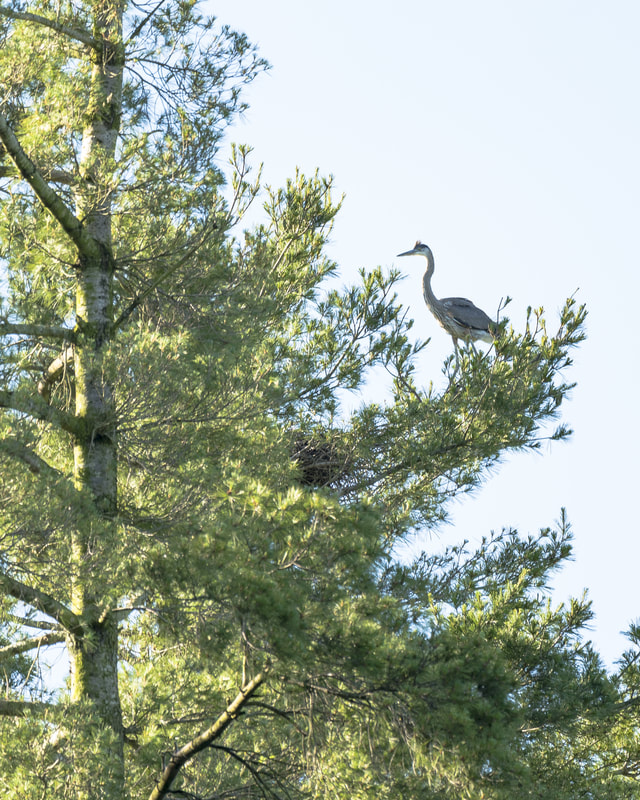

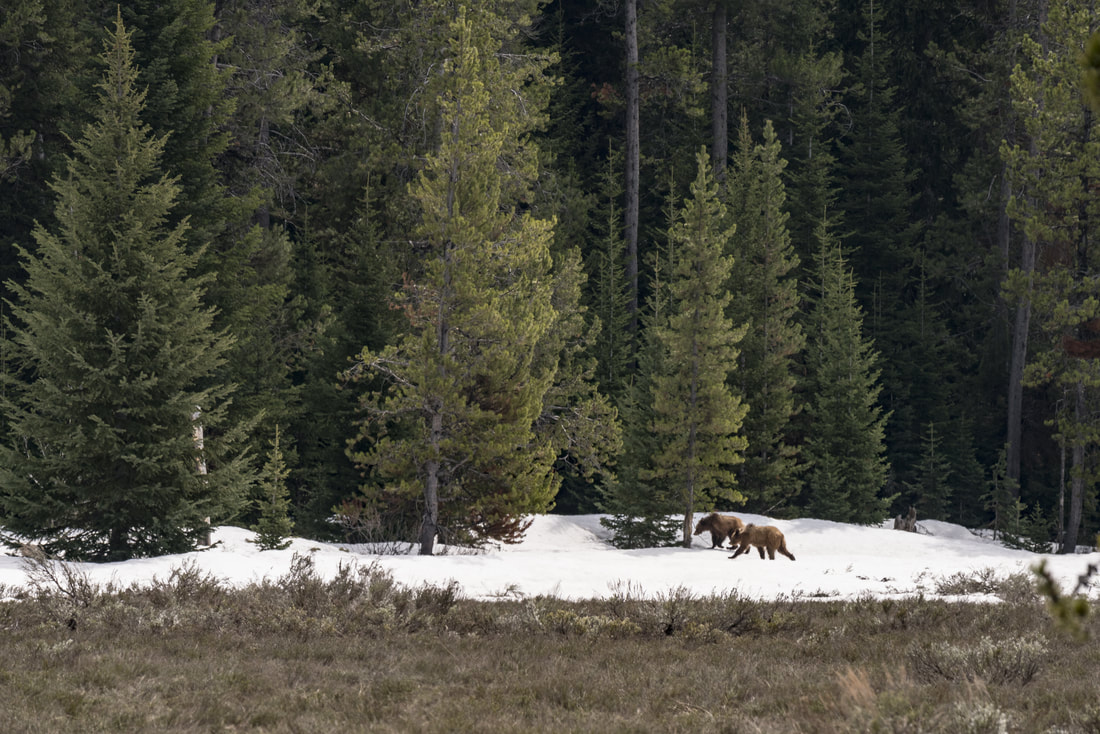


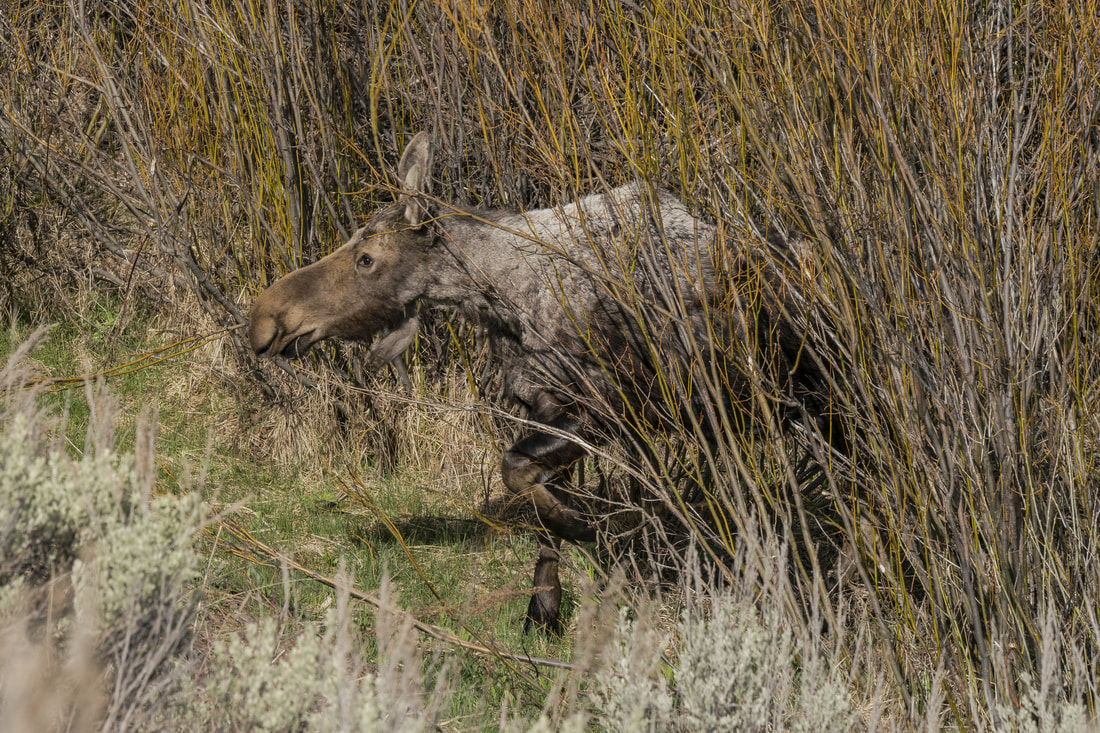
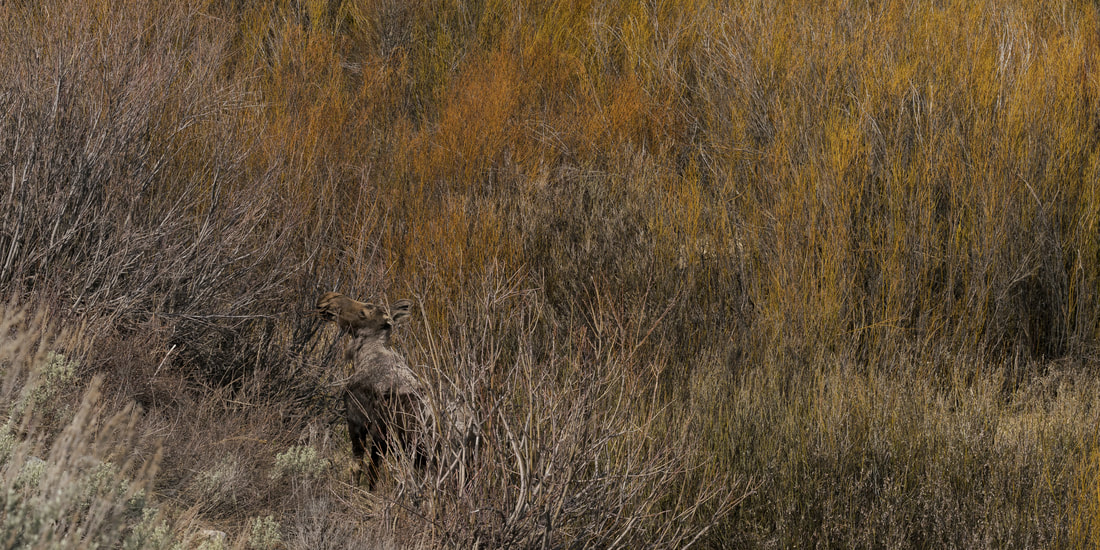




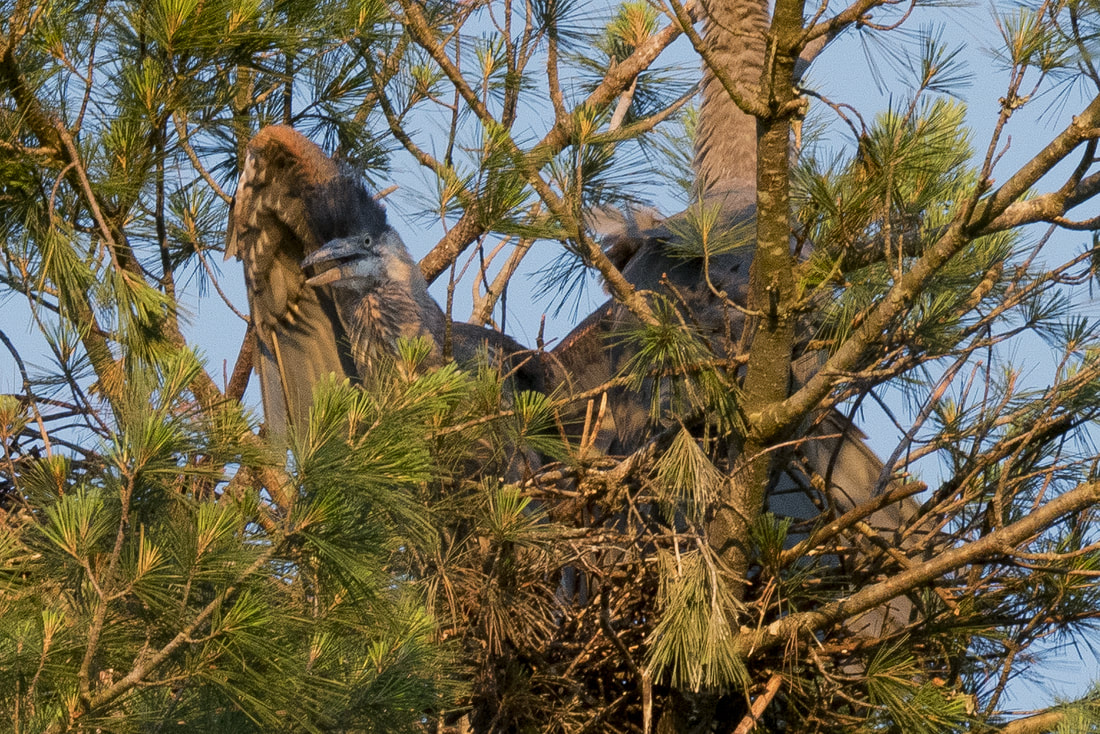
 RSS Feed
RSS Feed